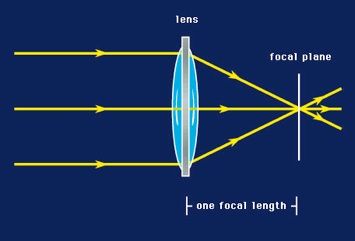Back in July of 2009, we touched on a couple of circumstances that might warrant you saying “No” to your clients. This month, we remind you of the power of a “Yes” response.
Clients prefer to do business with service providers and vendors who are easy to work with. Those with positive, can-do attitudes tend to have more success. Does this mean that we all need to become “yes men” in order to get work? No, not at all. But it does mean that we need to be cognizant of our initial reactions to client requests.
Surely we all have clients (or even bosses) who are constantly coming up with harebrained ideas. We also have experienced times when several different clients have come to us with the same, hot marketing concept that we already know is a waste of time and money. We become so used to these individuals spouting about their latest scheme or have heard that same, tired idea so many times that we tend to immediately offer up our “No, that won’t work” response. But, even though we may be right, if we’re not careful, we might become known as the negative, hard-to-work-with person.
A better approach to quelling these less-than-stellar suggestions might be to focus on the intended result rather than the means to get there. After all, the idea is usually driven by a desire to accomplish something rather than to simply see a particular concept come to fruition. Respond positively to the idea-generator’s enthusiasm to try something new or make a change to the status quo and begin a discussion to discover what the intended outcome is. Then, if the idea to accomplish that outcome is still not viewed as the best approach, at least your discussion can then turn to better ways to achieve your client’s (or boss’) goals rather than simply one that shoots down the idea entirely.
If the client (or boss) still insists that his or her idea is the way to go, then don’t fight it. You’ve done your job as a creative professional in providing your expert opinion and now it’s up to you to make the most of the not-so-great idea. If the idea works, it’s an obvious win-win and you’ve made your client happy (and maybe even learned something along with way). If not, your client has no reason to be upset with you as you’ve already provided a warning that the idea may not work.
Try to say “Yes” at first - at least in principle to the desired outcome - and then do your best do steer your client to explore other options; then make a choce. You’ll become one who’s easy to work with.















